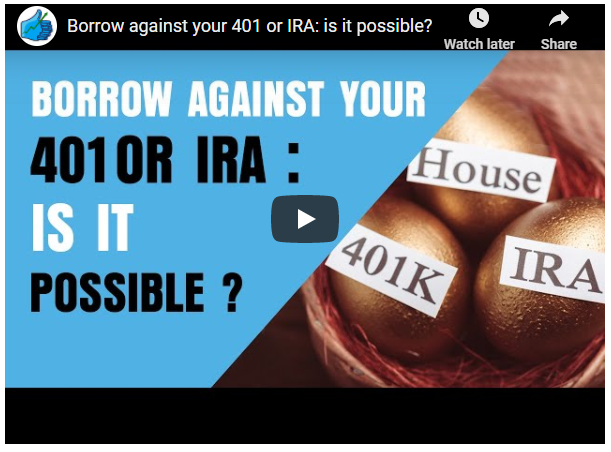Debt can be an effective means to an end (such as home ownership) but it does need to be managed. Experts like Robert Kiyosaki say that there are two types of debt “good debt” and “bad debt”. Good debt is debt that “puts money in your pocket” and bad debt “takes money out of your pocket”. Examples of good debt are loans to start a business, buy rental housing, etc. Bad debt is consumer loans and car loans. A home purchase is actually borderline because it is an asset and its value generally keeps up with inflation but it is more like a forced savings plan (that you have to maintain) rather than a good investment. In our article The Wealthy Buy Assets, the Poor Buy Liabilities, and the Middle Class Buy Liabilities Believing They Are Assets we discuss this in further detail.
Money Coming In
If all of your income is from W-2 jobs, tracking the money coming in is fairly straightforward: you put in the time or create the product and someone sends you a check. However, if you’re at all self-employed, it can be easy to forget to send in an invoice until you wonder if you ever got paid for that project. In addition, if you work for yourself even part time, it’s crucial to stay on top of the invoicing process so you know who you need to bill and when they pay you. So especially if you incurred debt to start your business you have to watch your “cash flow” very carefully and if you have a lot of outstanding receivables, it may pay to hire someone (or a company) to do accounts receivable management. So you can focus on what you do best.
Pay Some Bills With Every Check
For most people, paying bills online means that each payday makes it easy for you to sit down, check your balances and pay some bills. Do the same thing with your freelance or side income. Figure out what your target bill is. It may be the one with the highest interest rate, or it could be the money you owe that nagging family member. Each time you make a deposit, immediately sit down and schedule a payment against the target. Make the minimum payment on everything else. When you pay off the target, pick a new one.
Consider Rolling Credit Card Debt Forward
You can “roll debt forward” if you have a fairly good credit rating and a credit card company offers you a long grace period before any interest is due. This happens when credit card companies are trying to get new customers, so they offer you zero percent interest for a year (or so) in hopes that you will rack up a bunch of debt and be their new debt slave. But you can turn the tables on them. If you can shift other debt to the new card and then use the grace period to pay off the debt. This is effective to save you interest but can be dangerous if you don’t put the first card away. You don’t have to destroy it, but you have to make it hard to access so you don’t charge it up again. You must manage the transfer correctly. Divide the amount due by the months you have to pay it off and push yourself to make that payment every month. Some cards charge a balance transfer fee so this won’t work (because you will be adding more interest to your bill). But there is a work around for even this scenario. Take your first card and put it away. Take the new card and charge all your monthly expenses on it and pay the minimum. Then pay more than your monthly expenses toward the first card. So let’s assume you have $5,000 debt on card #1 and the interest rate is 12%. Let’s further assume that your monthly expenses (excluding rent) is $1500. So in the first month you charge all your expenses on the 2nd card $1500. Meanwhile you pay $1,800 toward card #1. At the end of the first month CC#1 will charge you 1% on $5000 or $50 in interest. But you paid off $1800 so you own CC #1 $3,250. and CC#2 $1500. You do the same thing on month 2 but your interest is only $3,250 x 1% = $32.50. And you pay another $1,800 toward card #1. Now your debt on CC #1 is $1,482 and on CC #2 $3,000. for a total debt of $4482. In month 3 you pay off CC #1 and start paying on CC #2. You now have 9 more months interest free to pay off your regular bills and completely eliminate CC #2’s debt. Because it is interest free you should be able to pay it off faster than if you were paying interest. Hopefully, you will also be earning points on CC#2 which can be used to further reduce your expenses.
Use Points Wisely
Credit card points can be a very effective way of getting more out of your card than you put into it. For example, Amazon offers a card with great points which you can use to reduce your Amazon bill. So if you only use the points to buy stuff you would have purchased anyway it will reduce your overall expenses.
You might also like:





